Engineers dug model fortifications in the field near Muong Phang Command Post, then instructed and assigned the amount of earth and rock to be dug each day to each unit.
The seminar on Military Art of Dien Bien Phu Campaign - Practical Lessons in Current Combat was organized by the 12th Corps Command and the People's Army Newspaper on April 4. Presentations from military generals, scientific researchers , witnesses to the battle... clarified the innovations in the campaign 70 years ago as well as lessons learned from the battlefield applied in the new situation.
Colonel Ho Quang Tu, Deputy Chief of Staff of the Engineer Corps, reviewed the contributions of the 8-year-old young force when participating in the campaign. Soldiers worked 16-18 hours a day to open vital routes, bring heavy artillery into the battlefield, dig mountains and tunnels to create a network of hundreds of kilometers of trenches, gradually tightening the siege of the " Dien Bien Phu porcupine".
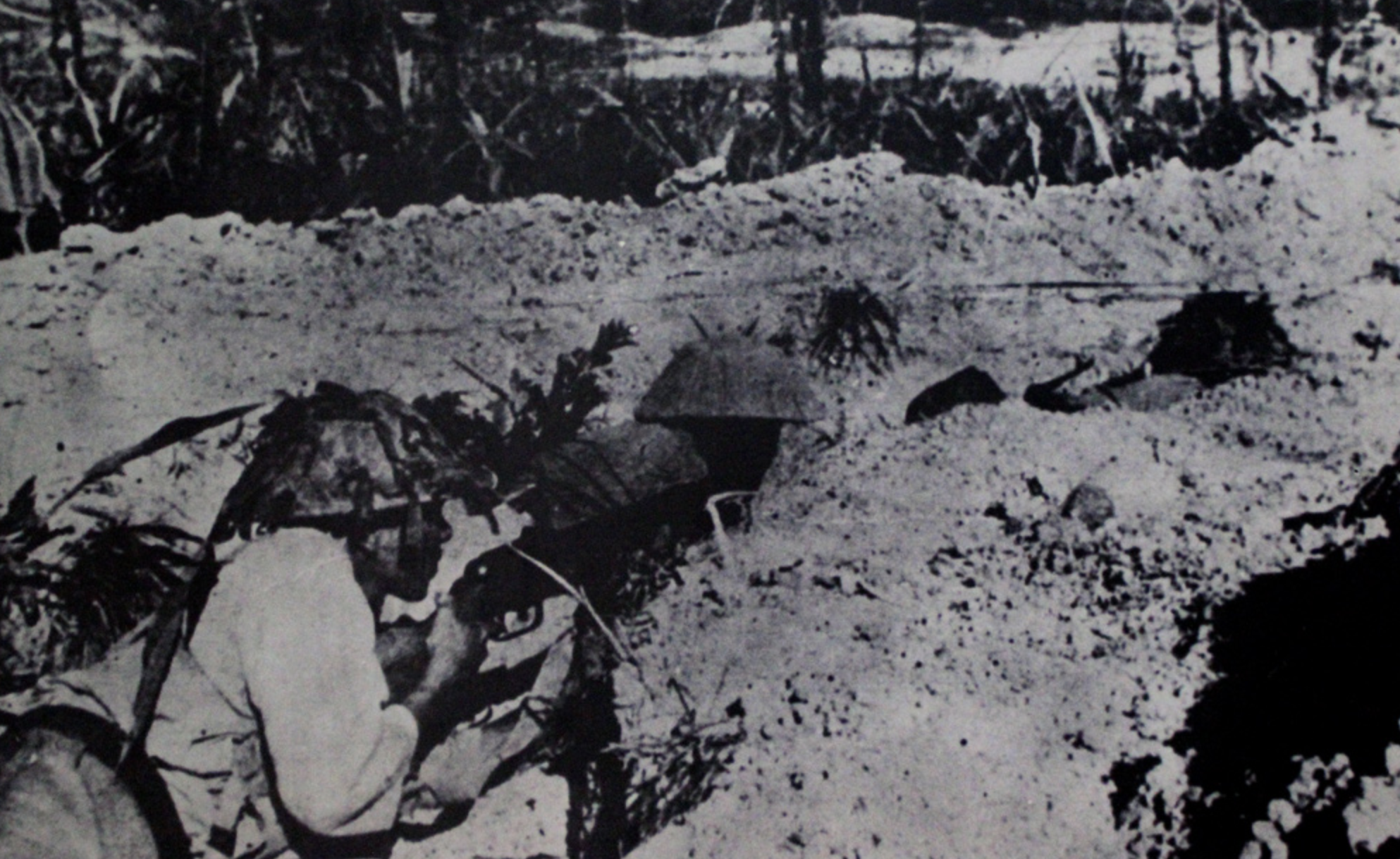
Viet Minh troops surrounded the airport with a trench system that cut across the airport, all the way to the foot of the French bunker. Photo: Archive
When the campaign motto changed from a quick attack to a steady attack on January 26, 1954, the attack formation changed. The first task of the engineers was to clear the way for the artillery to move from the northwest to the east of the stronghold, and set up on a high point to wait for the "surrender to the French". The force then built fortifications for the artillerymen to fight for a long time, requiring shooting places, hiding places, ammunition bunkers, reserve fortifications, and fake positions.
"An engineering unit dug a model fortification in a field near the Muong Phang Command Headquarters, then instructed other units on the dimensions and standards of trenches, and required the volume of earth to be dug in a day to complete the required standard," said Colonel Tu.
The engineer soldiers who participated in digging trenches that year still remember "the day they received the shovel with a bright blade, as big as a fan, when they finished digging and approached the French enemy, only a piece of iron was left". The fortifications were always dug at night, on rainy days, the soldiers soaked in the trenches, using their hats to catch the mud and water to pour away.
The troops dug two types of trenches, including a wide axis surrounding the entire battlefield in the central sector of the French army and an infantry trench from the positions of the units in the forest to the fields, cutting across the axis trenches, advancing into the positions where the troops intended to destroy the enemy.
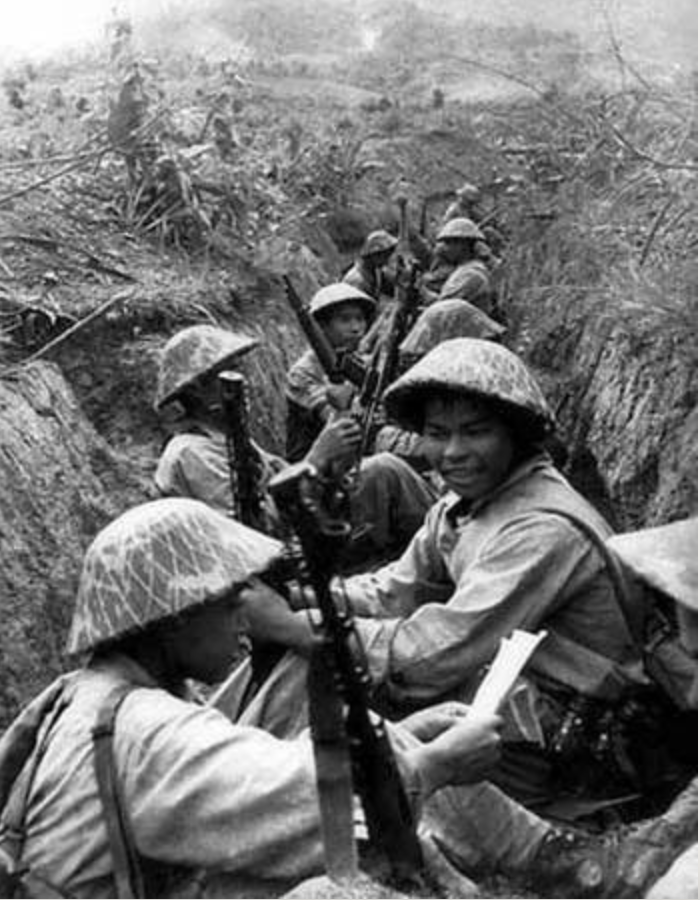
Soldiers in the trenches. Photo archive
From the campaign headquarters in Muong Phang, the fortification system spread out in many branches to the regimental headquarters. The fortifications were dug deep into the mountain into large bunkers. In the bunkers, there were desks, chairs, resting bunkers, wounded soldiers bunkers, and beds for soldiers to use when artillery shells exploded overhead.
On the front line of attack, engineers prepared for the infantry from individual fighting pits to firing platforms, trenches, and shelters for three-man teams with covers that could withstand the fire of 105mm artillery shells.
Before the opening day, the engineers worked like worker bees, with shovels and spades, to create a system of communication trenches connecting the trenches; the command post connecting the fire positions; the front units connecting the logistics behind. The trenches were like a noose gradually advancing towards the basin, tightening around the Dien Bien Phu stronghold.
Hill A1 was surrounded by fortified bunkers and underground tunnels, making it almost impossible to capture. But after 15 days and nights, the engineers still dug a 49-meter-long tunnel through the hill, filled it with nearly a ton of explosives, and waited to fire, signaling the troops to charge.
Colonel Ho Quang Tu said that at a time when there were no specialized weapons to destroy solid fortifications, creating an opening through the French army's obstacles not only created a breakthrough for the entire campaign, but also required a determined and tenacious fight. "The engineers went first and came last, had to do hard labor, and had to keep many tasks secret, living and dying with them. But in wartime or peacetime, the force was proud to contribute to paving the way to victory," he said.
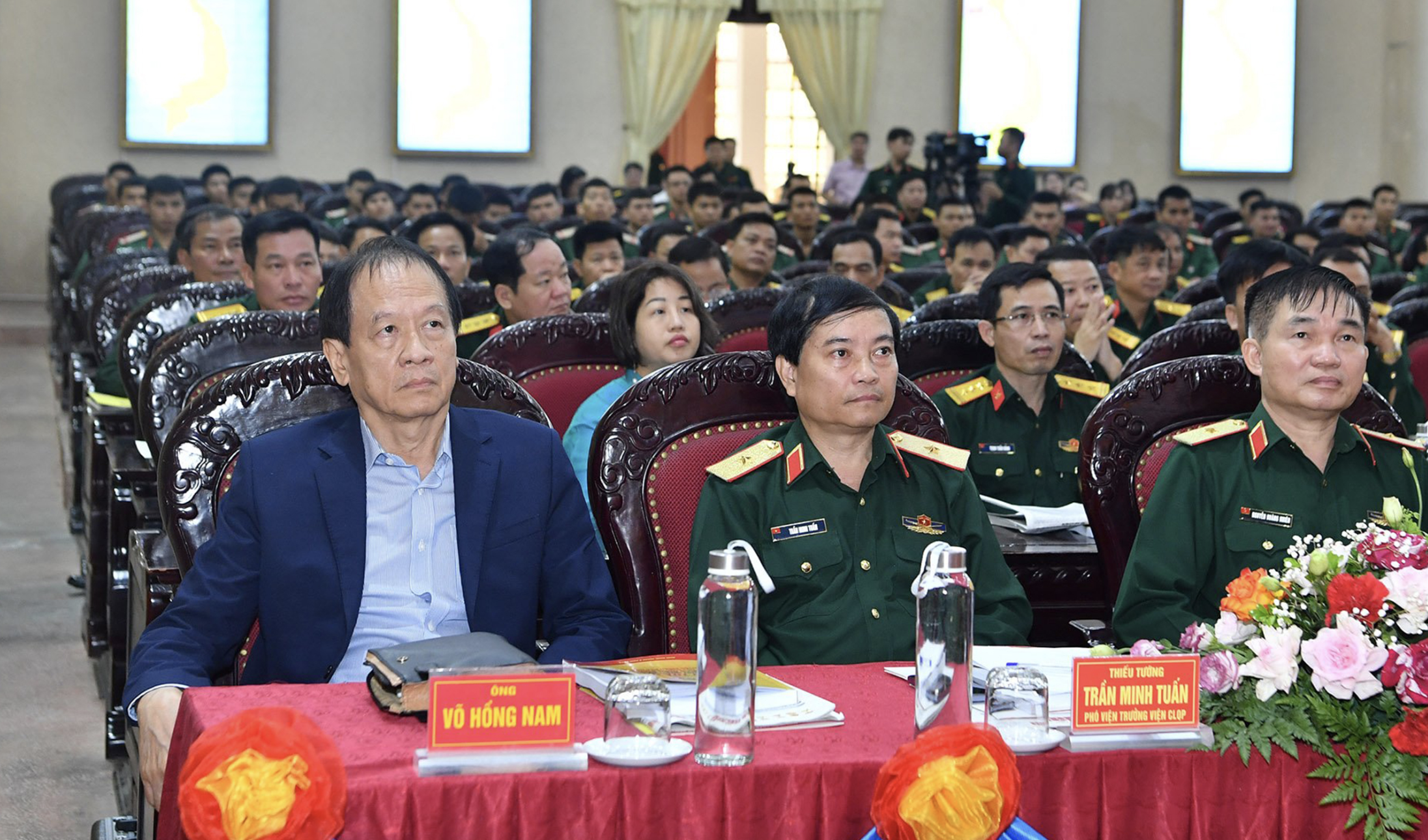
Mr. Vo Hong Nam, son of late General Vo Nguyen Giap, attended the discussion on April 4. Photo: Phong Linh
According to many military researchers, the system of trenches and attack positions, bringing heavy artillery "up high, close, and firing straight" around the mountain slopes, is a prerequisite for implementing the siege - encroachment - attack - annihilation method, a military art born by Vietnamese soldiers during the campaign.
Colonel Tran Ngoc Long, former Deputy Director of the Institute of Military History, analyzed the development of the system of combat fortifications into an offensive and siege battlefield that helped the army stand firm throughout the 56 days and nights of war. The communication trenches with tens of thousands of first aid bunkers, weapon bunkers... minimized the losses of the Vietnamese army against the French army's firepower. The army even built fake battlefields to deceive the enemy thanks to the trench system.
In the siege, the troops relied on the trench system to destroy minefields, remove barbed wire fences, approach the foot of the stronghold, then suddenly charge in unison to destroy each stronghold and cluster of strongholds. This way of fighting terrified the French because they did not know when the enemy would attack, from which direction.
"It is not by chance that when commenting on Vietnamese military art, French journalist Jules Roy commented that Dien Bien Phu caused terrible horror...", the former Deputy Director of the Institute of Military History stated.
Hoang Phuong - Vnexpress.net
Source


![[Photo] Prime Minister Pham Minh Chinh and Prime Minister of the Kingdom of Thailand Paetongtarn Shinawatra attend the Vietnam-Thailand Business Forum 2025](https://vphoto.vietnam.vn/thumb/1200x675/vietnam/resource/IMAGE/2025/5/16/1cdfce54d25c48a68ae6fb9204f2171a)




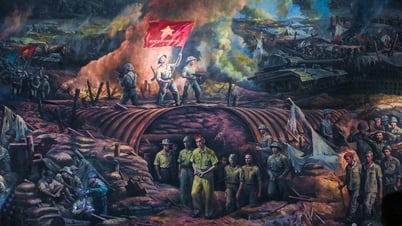

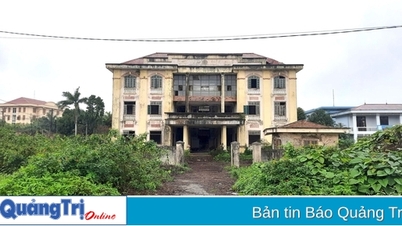

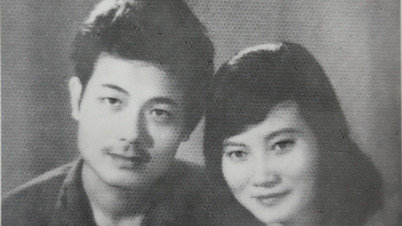



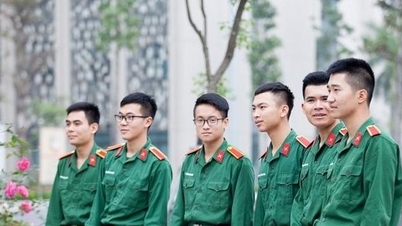



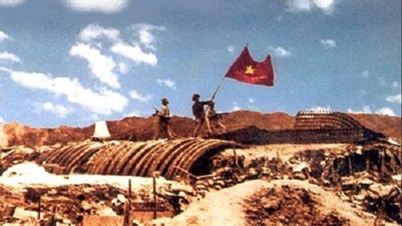

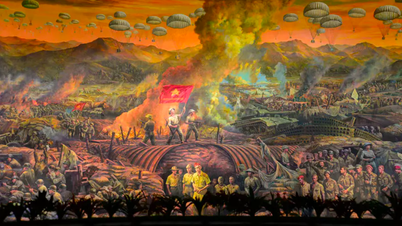

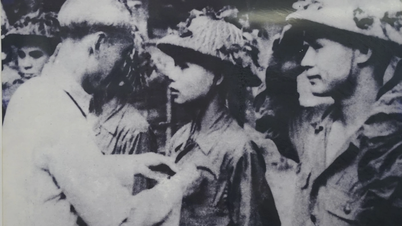
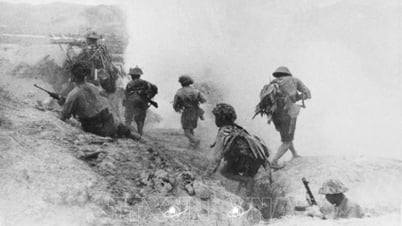



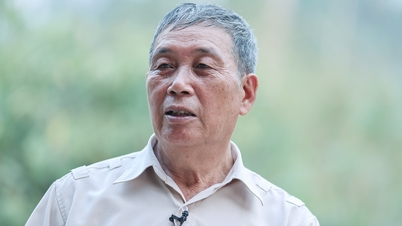











![[Photo] President Luong Cuong receives Prime Minister of the Kingdom of Thailand Paetongtarn Shinawatra](https://vphoto.vietnam.vn/thumb/1200x675/vietnam/resource/IMAGE/2025/5/16/52c73b27198a4e12bd6a903d1c218846)






































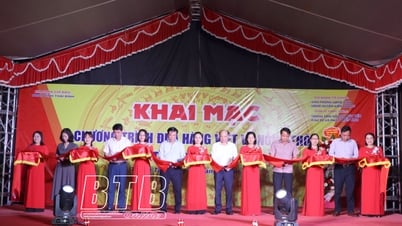

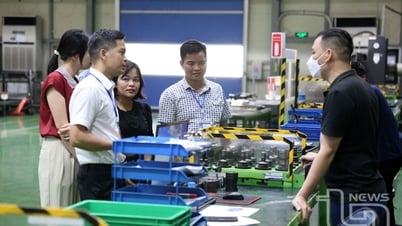

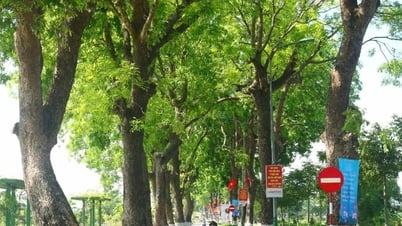














Comment (0)